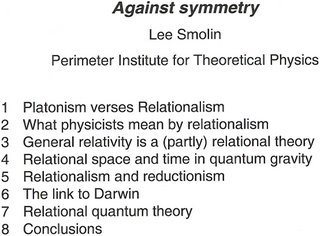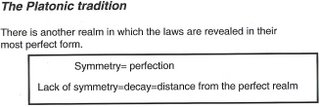It is believed that in the first few microseconds after the Big Bang, our universe was dominated by a strongly interacting phase of nuclear matter at extreme temperatures. An impressive experimental program at the Brookhaven National Laboratory on Long Island has been studying the properties of this nuclear plasma with some rather surprising results. We outline how there may be a deep connection between extra-dimensional gravity of String Theory and the fundamental theories of subatomic particles can solve the mystery of the near-ideal fluid properties of the strongly coupled nuclear plasma.
See Also:
Canadian Association of Physicists
***
Part of the understanding of the research goes back to the beginning of this QGP endeavor that brings us to today's level of understanding enhanced by phenomenological positions now that allows us to move forward in our predictions and speculations.
The Phenix
PHENIX, the Pioneering High Energy Nuclear Interaction eXperiment, is an exploratory experiment for the investigation of high energy collisions of heavy ions and protons. PHENIX is designed specifically to measure direct probes of the collisions such as electrons, muons, and photons. The primary goal of PHENIX is to discover and study a new state of matter called the Quark-Gluon Plasma.
Back in 2005, what is it we saw and what we building along the way experimentally had constraints which lead our birdseye view of the process as if from a distance looking toward the specifics of collision processes, allowed us to be taken ever closer to the beginnings of the universe in expression.
***
In summary, experiments at RHIC have shown that a very dense QCD medium is formed in high-energy heavy-ion collisions. Other measurements, namely elliptic flow and baryon-to-meson ratios, indicate that this medium is characterized by partonic degrees offreedom and that its expansion and cooling is well described by hydrodynamical models with high viscosity. Thus, this medium is more similar to a liquid than to a gas of gluons and quarks.Review on Heavy-Ion Physics




















